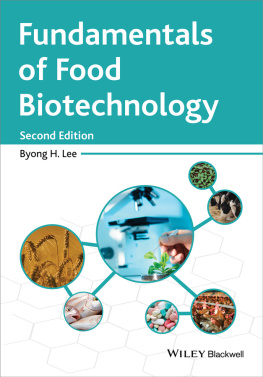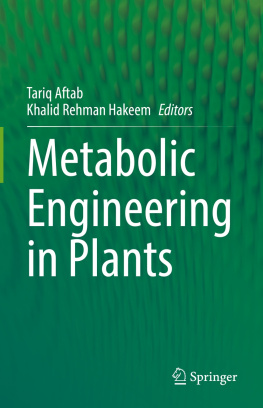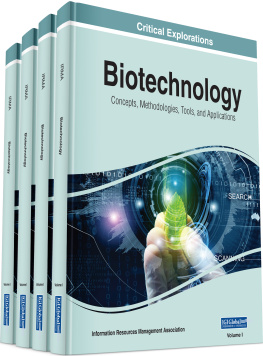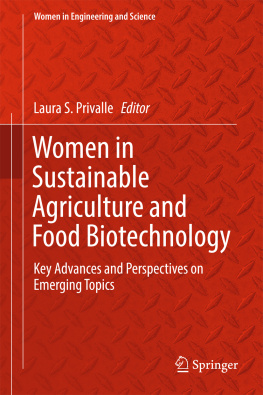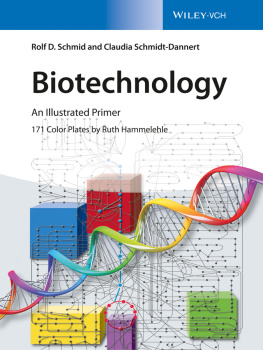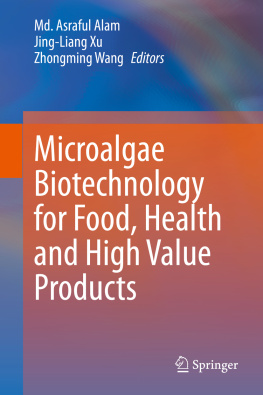
This edition first published 2015 2015 by JohnWiley & Sons, Ltd
Registered office: John Wiley & Sons, Ltd, The Atrium, Southern Gate, Chichester, West Sussex, PO19 8SQ, UK
Editorial offices: 9600 Garsington Road, Oxford, OX4 2DQ, UK
The Atrium, Southern Gate, Chichester, West Sussex, PO19 8SQ, UK
For details of our global editorial offices, for customer services and for information about how to apply for permission to reuse the copyright material in this book please see our website at www.wiley.com/wiley-blackwell.
The right of the author to be identified as the author of this work has been asserted in accordance with the UK Copyright, Designs and Patents Act 1988.
All rights reserved. No part of this publication may be reproduced, stored in a retrieval system, or transmitted, in any form or by any means, electronic, mechanical, photocopying, recording or otherwise, except as permitted by the UK Copyright, Designs and Patents Act 1988, without the prior permission of the publisher.
Designations used by companies to distinguish their products are often claimed as trademarks. All brand names and product names used in this book are trade names, service marks, trademarks or registered trademarks of their respective owners. The publisher is not associated with any product or vendor mentioned in this book.
Limit of Liability/Disclaimer of Warranty: While the publisher and author(s) have used their best efforts in preparing this book, they make no representations or warranties with respect to the accuracy or completeness of the contents of this book and specifically disclaim any implied warranties of merchantability or fitness for a particular purpose. It is sold on the understanding that the publisher is not engaged in rendering professional services and neither the publisher nor the author shall be liable for damages arising herefrom. If professional advice or other expert assistance is required, the services of a competent professional should be sought.
Library of Congress Cataloging-in-Publication Data
Lee, B. H. (Byong H.)
Fundamentals of food biotechnology / Byong H. Lee.Second edition.
pages cm
Includes bibliographical references and index.
ISBN 978-1-118-38495-4 (cloth)
1. FoodBiotechnology. I. Title.
TP248.65.F66L44 2015
664dc23
2014032719
A catalogue record for this book is available from the British Library.
Wiley also publishes its books in a variety of electronic formats. Some content that appears in print may not be available in electronic books.
Cover image: Golden wheat field Jiri Vondracek/iStockphoto;
Fish moremi/iStockphoto;
chicken farm matteodestefano/iStockphoto;
Prescription Drugs DNY59/iStockphoto;
Biotechnology nicolas/iStockphoto;
Cows Feeding 123ducu/iStockphoto; and
Hot pepper plants for disease testing User9236883_407/iStockphoto
Preface
In the past decade, major breakthroughs have happened and enormous progress has been made in all aspects of genetic engineering and biotechnology. This is clearly reflected in the voluminous publications of original research, patents, peer reviewed books, and symposia. However, an exciting account of how this new biotechnology can affect traditional methods of producing foods and beverages is the need of the hour. Many professional reference texts on food biotechnology are now available, but none of it is appropriate as classroom text. Most such volumes are the work of multiple contributors and the normal didactic criteria required to explain terms, flowcharts and frames of reference are lacking. No attempt has been made to explain the translation of basic scientific information into practical applications. Moreover, biotechnology has become a fashionable subject and, as one of the most abused buzz words of the decade, it now comprises a huge body of information. The very scope of this knowledge presents serious problems to instructors and students. Which facts are the most important for them to learn and which are less important? How can they assess the significance of food systems and food products? In writing this book, I have tried to keep these problems at the forefront and have therefore aimed at making the treatment of food biotechnology comprehensible rather than comprehensive. I see that separate pieces of a puzzle eventually fit together to form a picture that is clearer and more readily etched in memory than the design on the individual pieces. Experience in teaching this subject has made clear to me the importance of explaining the basic concepts of biotechnology, which is essentially multidisciplinary, to students who may have limited backgrounds in the scale up of bioengineering and rapidly developing new tools.
I hope that this book will prove valuable to both students and instructors as well as to research and industrial practitioners in specific aspects of the field who seek a broad view on food biotechnology. This book aims to give readers, general science students, and practicing researchers, an overview of the essential features of food biotechnology not covered in other institutions as typical science curriculum. The treatment of subjects is necessarily selective, but the volume seeks to balance the traditional biotechnologies with the new, and science and engineering with their industrial applications and potential. Because of the interdisciplinary nature of the subject and the overlapping nature of the principles of biochemistry, microbiology, and biochemical engineering, the second edition does not include this part. Instead, the New Trends and Tools of Food Biotechnology section in Part I (Fundamentals and New Aspects) has included Systems/Synthetic Biology and Metabolic Engineering, Bioengineering and Scale-Up Process, Molecular Thermodynamics for Biotechnology, Protein and Enzyme Engineering, Genomics, Proteomics and Bioinformatics, Biosensors and Nanobiotechnology, Quorum Sensing and Quenching, and Micro- and Nanoencapsulations. For the Concepts and Tools for Recombinant DNA Technology (Chapter 2), examples of Gene Cloning and Production of Recombinant Proteins have been included. In Chapter 5 on Other Microorganisms-Based Processes and Products, a new section on Bacteriocins and Functional Foods and Nutraceuticals was supplemented and the Waste Management and Food Processing section was deleted; it will be included in my forthcoming book entitled: Advanced Fermentation Technology. In Part III, Chapter 6 included Plant Biotechnology, Animal Biotechnology, and Safety Assessment and Detection Methods and other sections were detailed. Up-to-date reading materials as well as questions and answers have been included in all parts.
I must, of course, thank all those students who have helped me by compiling materials used in the class to produce this book. I greatly appreciate the contribution of many scientists who have embellished this book by permitting me to reproduce their tables and figures, which have been illustrated in the pages of this book. I must accept my ignorance and limitations naturally imposed on a book of this scope when it is written by a single individual.
A special note of thanks also goes to my previous research associates and students for the first edition at the McGill University, Dr. S. Y. Park, Dr. J. L. Berger who helped me in typing and drawing the figures, and other associates, G. Arora, M. Torres, M. B. Habibi-Najafi, and graduate students, M. Bellem, M. Daga, J. James, and T. Wang who helped me in many ways.
Most of all, my thanks go to Prof. Jian Chen, the President, and Prof. Guchang Du, the Dean for their support during my stay in the School of Biotechnology at Jiangnan University in China and the other staff in the 9th floor: Dr. F. Fang, Dr. Z. Kang, Dr. L. Song, Dr. J. Zhang, Dr. J. Zhou, Dr. L. Liu, and Prof J. Li for their friendship during my absence. I would like to specially thank Dr. Gazi Sakir for his comments on a part of the bioengineering/scale up section, as well as my students, Dr. Zixing Dong, Yousef Mahammad, and Nestor Ishimwe, and all international students who took my courses on Food Biotechnology and Advanced Fermentation Technology at the Jiangnan University.
Next page
